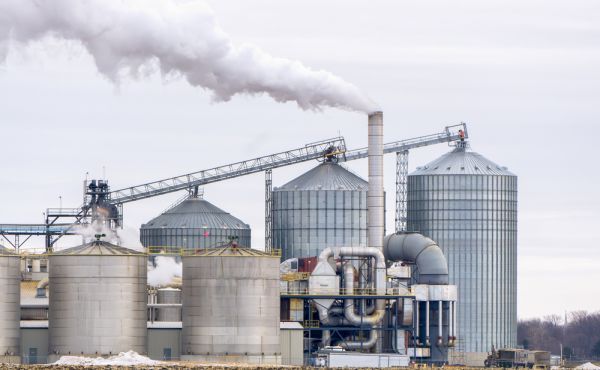Research Confirms Additional DDGS Usage

A new study from the National Corn to Ethanol Research Center (NCERC) confirms distillers dried grains with solubles (DDGS) use as a safe, efficient feed for aquaculture promising new market opportunities for U.S. corn.
The U.S. Grains Council, with work funded by the Illinois Corn Marketing Board, will use this data to promote additional DDGS to the Southeast Asia aquaculture industry. Cary Sifferath, Senior Director of Global Programs, said, “I know our Southeast Asia staff were very happy to see the executive summary of both the tilapia trial and antibiotic survey. They see a three to five percent inclusion rate of DDGS in most tilapia diets in the Southeast Asia region and with this data hope to bump those numbers up to a 10 percent inclusion rate.”
The National DDGS Library at NCERC provided a sample base to understand the nutritional risk and benefit of using DDGS as a common aquafeed ingredient. NCERC collaborated with the Center for Fisheries, Aquaculture and Aquatic Sciences of Southern Illinois University – Carbondale and conducted a feeding trial on tilapia using DDGS from corn from an Illinois ethanol plant. Red tilapia was utilized for the project due to its fast growth and high performance in intensive culture systems.
After several months of feeding, results showed that the fish survival rate was high and average weight gain comparable to traditional diets without DDGS.
In addition to feed efficiency in tilapia, the National DDGS Library at NCERC studied the amount of antibiotic residue found in DDGS from ethanol plants across 13 states with most being in Iowa, Illinois, Indiana, and Minnesota. DDGS were tested in collaboration with the Southern Illinois University – Edwardsville Department of Chemistry.
All samples showed residue levels substantially below the 2% allowed in animal feed. The work provided positive critical risk factor information in DDGS’s ability to be safely used as an animal feed. “The Illinois Corn Marketing Board is pleased to see the results of this study point towards an opportunity for more corn co-product demand. Farmers are operating under very tight margins and they need every opportunity to sell more corn domestically and internationally,” said Illinois Corn Marketing Board President, Roger Sy.






